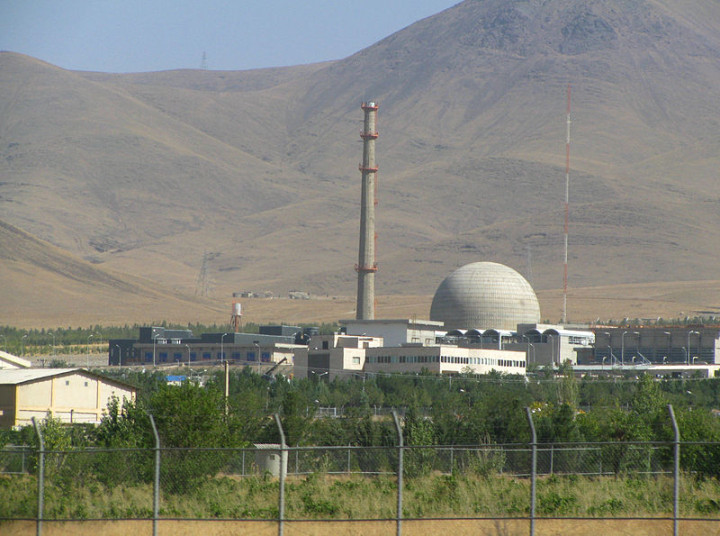Iran and six leading world powers signed a comprehensive plan for ending international sanctions against Iran in exchange for putting restrictions on its controversial nuclear program. RT takes a look at the final document.
The deal signed in Vienna on Tuesday is meant to break a 12-year standoff over Iran’s nuclear activities, which some nations claimed involved military research. The Joint Comprehensive Plan of Action (JCPOA) acknowledges Iran’s right for peaceful nuclear development on par with any other signatory to the nuclear Non-Proliferation Treaty.
The agreement provides for a joint commission to be established to monitor the implementation of the action plan and handle dispute situations. The International Atomic Energy Agency (IAEA) is tasked with verifying voluntary nuclear-related measures by Iran. Iran and the six nations – China, France, Germany, Russia, the UK and the US, are to hold ministerial-level meetings at least once every two years to monitor the progress.
Enrichment
For 15 years Iran will carry out enrichment only at the Natanz facility and will only enrich uranium up to 3.67 percent. The stockpile would not exceed 300kg of uranium hexafluoride or equivalent chemical forms. The stockpile limit does not include fuel assemblies used in Iran’s nuclear reactors. Excesses are to be sold or exchanged for raw uranium.
The Fordow facility is to be converted into an internationally-supported technological center. Some of the centrifuges currently placed there would be allowed to continue spinning, but they would only produce stable isotopes and not enrich uranium. Some of the equipment will be removed completely.
Iran will start phasing out its older IR-1 centrifuges in 10 years, will not develop new models, will not increase the number of more advanced centrifuges currently in its possession, and will observe certain restrictions on testing them.
Arak
Iran will modify the Arak nuclear reactor with the help of the international community. It will be used for peaceful research and isotope production. It will not produce plutonium. Spent fuel will be shipped out of Iran for entire lifetime of the reactor. Iran keeps a leadership role in the Arak partnership.
No heavy water will be produced or accumulated for 15 years and Tehran will seek to use reactor designs not requiring heavy water.
Iran is to leave spent fuel re-processing to other nations.
Transparency
Iran will adopt several additional safeguards and allow the IAEA to verify those voluntary measures. The nuclear watchdog is to monitor uranium stockpiles and centrifuges in Iran, including with modern surveillance measures like online enrichment measurement and electronic seals.
Tehran pledges not to conduct research that could conduct development of a nuclear explosive device, as specified in a technical annex to the agreement.
Lifting of sanctions
The UN Security Council will lift its nuclear-related sanctions from Iran simultaneously with the IAEA-verified implementation of certain measures by Iran. The EU and the US will lift their sanctions, including on banking services, insurance, sale of aircraft parts, access to airports and a multitude of others, at the same moment.
Proliferation-related sanctions will be lifted by the EU and the US eight years after the adoption of the agreement or when the IAEA greenlights it. The wordings for America’s actions to lift the restrictions apparently provides for eventual legal battles of the current and future administrations against legislators and individual state authorities to scrap the sanctions.
The US and the EU are expected not to impose new nuclear-related sanctions against Iran as long as the deal holds and respect the spirit and intent of the deal by issuing guidelines and not seeking to hurt normalization of trade with Iran.










